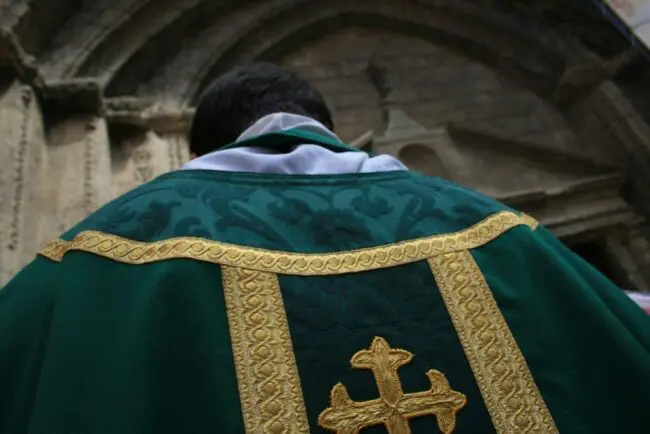Whether or not you’ve attended church before, it’s highly possible that you’ve seen various ministers and priests wearing church vestments at some point in your life. After all, they cannot be unnoticed, meaning that they can quickly be distinguished from regular clothes we wear. There are also varying styles that represent different symbols, faiths, and beliefs worn during different events.
But, if you don’t know much about this type of clothing, you might be wondering – what are the things every single Christian need to know about this church attire? Fortunately for all that are wondering the same thing, the article below can help. Here are the top six things you need to know about vestments:
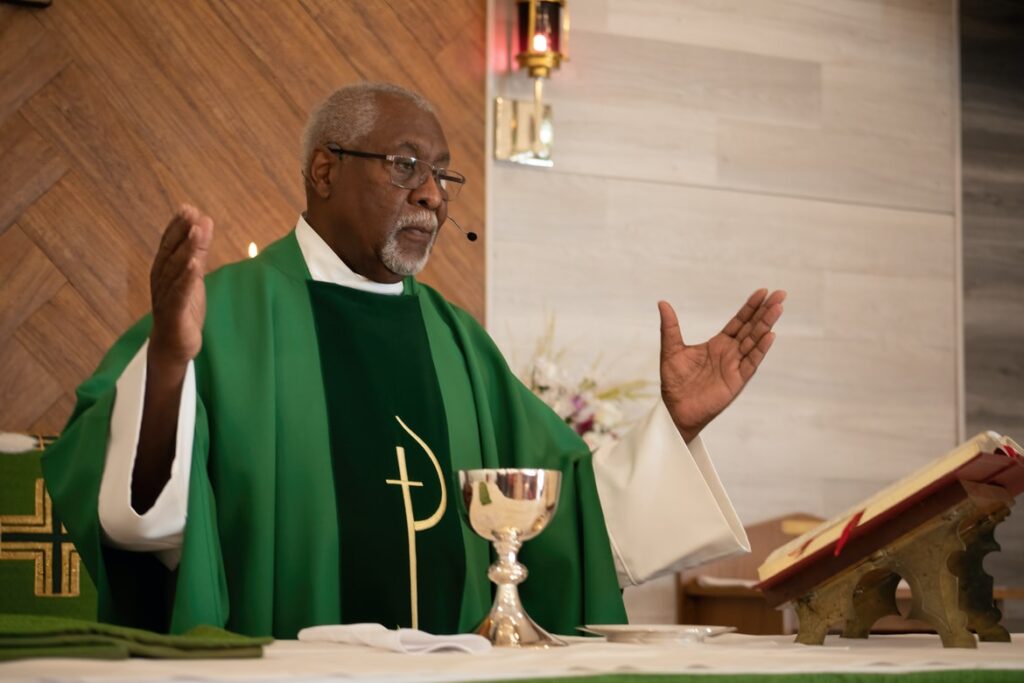
1. It’s Worn Under Regular Attire
A lot of individuals don’t realize this, but a typical vestment is worn by priests over the regular attire that they choose to wear for a day. This basically means that they can have shirts, pants, t-shirts, and other clothing underneath them. The vestment, which is a cloth, is placed around the neck and connected to the collar and during church masses, a priest will wear it. However, you can see other individuals wearing it as well.
Now, you should know, it doesn’t only hang down the back, instead, it’ll hang all the way down of the individuals wearing it. It’s also worth mentioning that it also has a cord that has the purpose of tightening the Alb of the garment. The Alb is placed and tightened at the waist of the wearer, thus, they can rest assured that it won’t get loose and fall down during a mass or other event held in a church setting.
2. All Vestments Are Considered Holy
If there is one thing that you should take away from this article, it’s the act that every single vestment our there – ones that are, of course, worn in churches – are considered holy. Even the ones that are different from what you might see every week are considered sacred, and you should know, the differences you might notice will depend on the country you’re in, as well as the beliefs and faiths that people follow there.
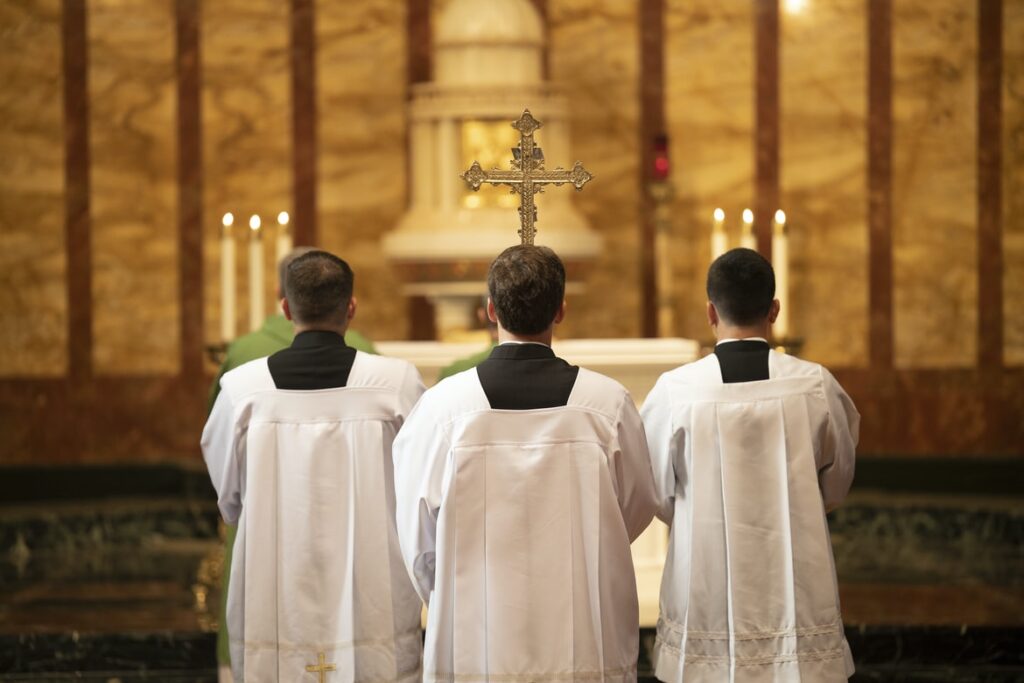
3. They Must Be Worn By All Priests And Ministers
Since this garment symbolizes priesthood, it makes it quite logical that it’s a requirement for all church leaders to wear these garments. Besides symbolizing priesthood, it also symbolizes cleanliness and sacredness in both the soul and body. Another interesting fact that you might want to know is that the final form of a vestment wasn’t completed until the 13th century, thus, in the past, they looked nothing like they do nowadays.
4. The Purpose Will Depend on The Culture…
As we previously mentioned, the garment has different meanings in different cultures, which means that the purpose of it has a lot to do with the culture it’s worn in. Although some religious institutions choose to use it to cover usual clothing, others choose to utilize it for sacred purposes. For example, it can mean that a priest wears it only during special occasions or when they perform specific rites.
Hence, if you browse through Watts and Co for church vestments, you’ll see that they offer a wide range of vestments, including ones for weddings, communions, masses, funerals, as well as any other event that takes place in a church. The rules of wearing the garment will depend on one nation to the next, which basically means that the purpose isn’t the same everywhere. Some churches choose to wear them during memorial services and christenings as well.
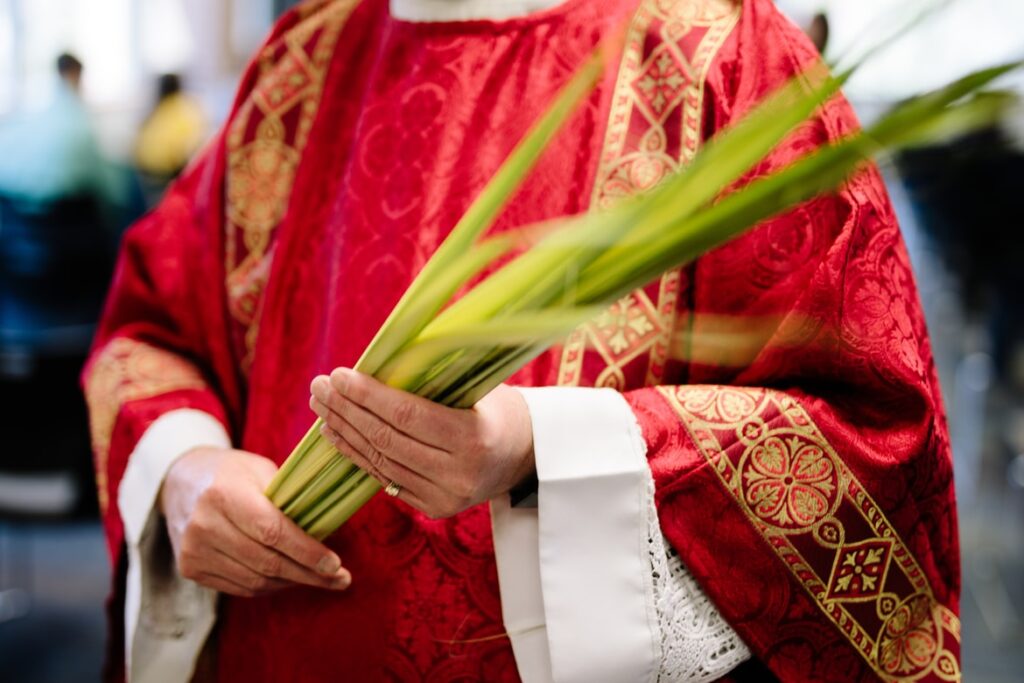
5. …But, There Are Some Common Reasons For Wearing it
Although each country will have a specific purpose for wearing the vestment, there are some common reasons for wearing them. For starters, it basically serves as a reminder for people that they’re seeing and/or talking to the leader of a church. Also, it can make the congregation aware that the priest isn’t acting on their own will, instead, on spiritual guidance. Besides this, wearing this garment will show people that protocols are followed, which is, of course, quite important for any church.
Wearing a vestment will also ensure that the leader of a church isn’t mistaken for another individual because of the ordinary clothing they wear, thus, people in a congregation won’t be distracted by what the priest and/or leader is wearing. This also means that there won’t be any confusion during special events, ceremonies, as well as masses – which is, of course, extremely important in most situations in a church.
6. The Priests Don’t Actually Own The Vestments
Generally speaking, the church owns the vestments worn by their priests and leaders. However, it’s worth mentioning that in some situations, the church leaders and priests are given/gifted these garments by their family members, friends, as well as fellow parishioners. Nonetheless, when talking about the regular vestments seen in most church events and masses, they’re strictly owned by the church.
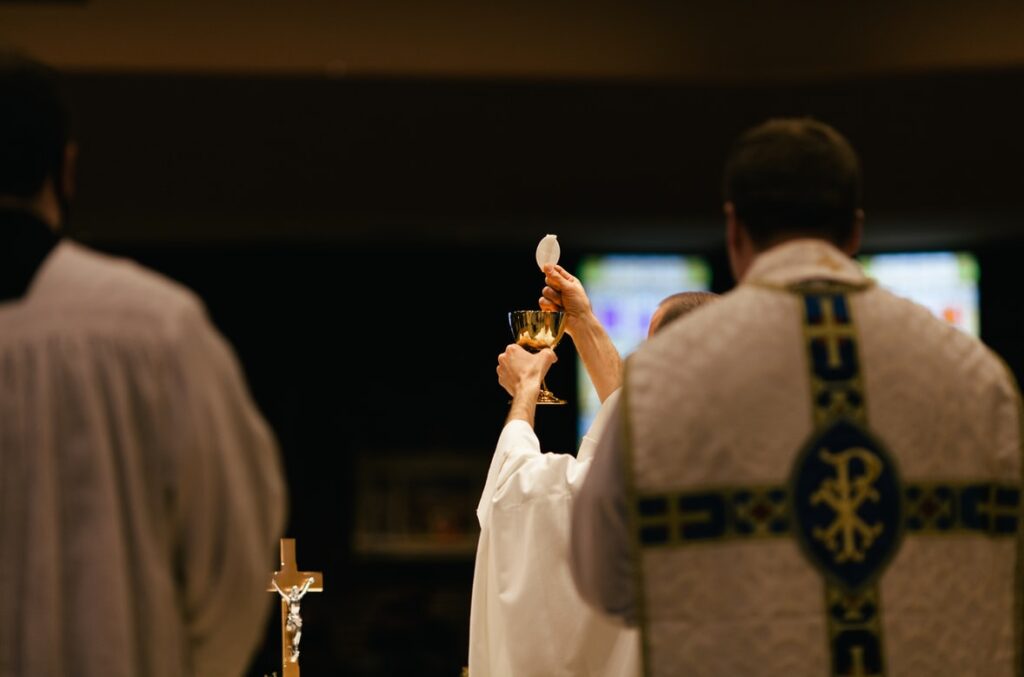
7. Can You Purchase Them For Your Church Leader?
Before we conclude this article, there is one more question that we have to answer – can you purchase a vestment for your church leader? To put it as simply as possible, yes, you could choose to purchase it, however, before buying it, you might want to determine the culture that your congregation follows, the materials that it has to be manufactured from, as well as the colors that it should feature (because each color represents something else).
Conclusion
A lot of people don’t realize that vestments are considered sacred and that they’re, perhaps, one of the most important pieces of clothing in Christianity, as well as other religions worldwide. Keep in mind, each country, state, as well as culture has its own variations of vestments, thus, what you might see in your country, you might not see in others.
Since you now know what this clothing is, as well as some of the most interesting things about it, don’t lose time. Instead, you might want to open up a new browser and do some more digging on the topic, especially since there is so much more that you could learn about this sacred clothing.

